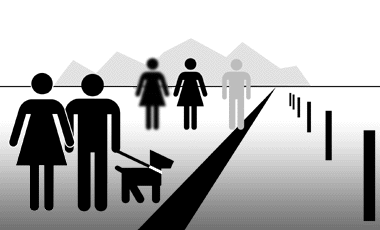

Binocular cues include stereopsis, eye convergence, disparity, and yielding depth from binocular vision through exploitation of parallax. These are typically classified into binocular cues that are based on the receipt of sensory information in three dimensions from both eyes and monocular cues that can be represented in just two dimensions and observed with just one eye. Depth sensation is the corresponding term for animals, since although it is known that animals can sense the distance of an object (because of their ability to move accurately or to respond consistently, according to that distance), it is not known whether they "perceive" it in the same subjective way that humans doĭepth perception arises from a variety of depth cues. This three dimensional perspective of the world is a psychological process and depends on the appropriate use of monocular and binocular cues which are automatic and we don’t think about using them.Depth perception is the visual ability to perceive the world in three dimensions (3D) and the distance of an object.

Yet we see in the world in three dimensional. The image of an object projected on our retina is two-dimensional. The accommodation varies for near and distant objects and also for objects moving away or towards the eye.

Clearness: The more clear the object the nearer it seems.The object that is completely visible seems to be nearer and the object that is partially visible seems to be farther away. Interposition or overlapping: This monocular cue occurs when one object covers the other.It says that the distant between two objects far away appear to be smaller than what the distance actually is. Linear perspective reflects this phenomena. You would see that the rail track become smaller and smaller, until there is a point where they meet each other. Linear perspective: Imagine you are standing between the rail tracks and looking in the distance.The following are the monocular cues that help us in judging the depth and distance in two-dimensional surfaces:


 0 kommentar(er)
0 kommentar(er)
